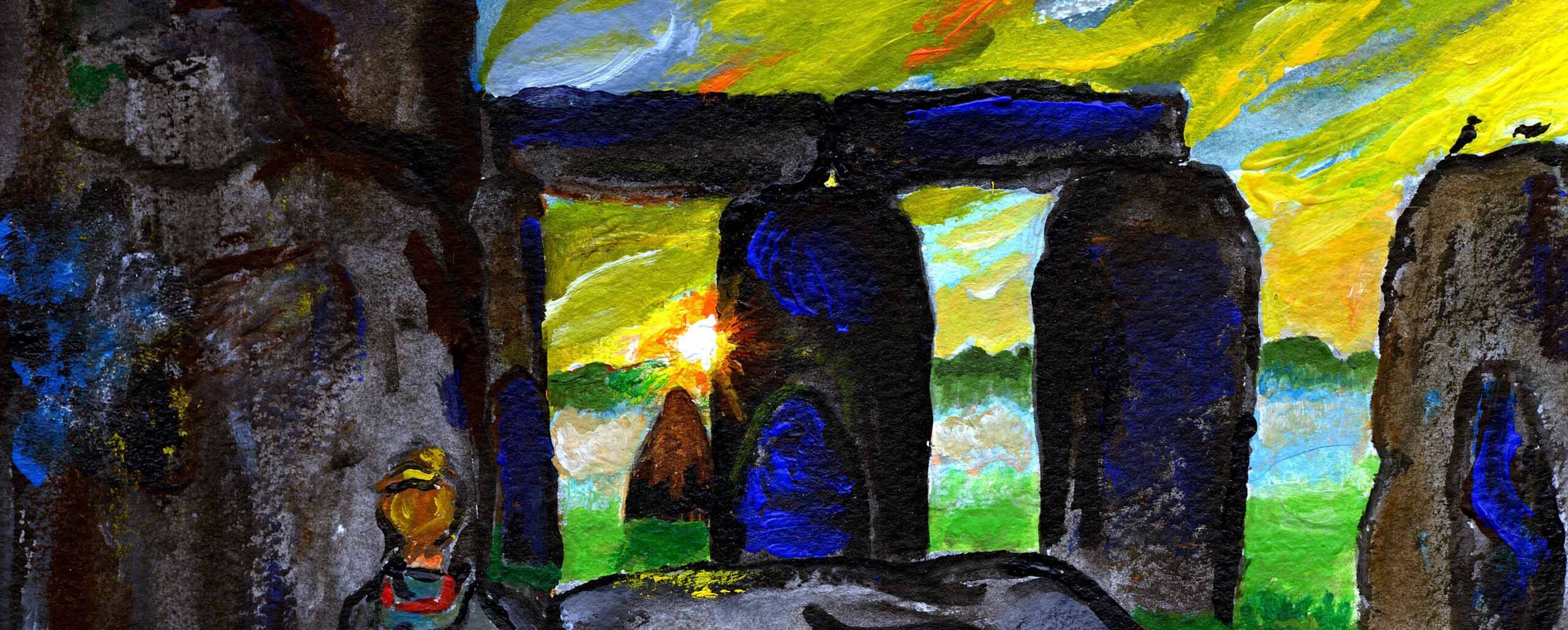You can help determine the answer to the question of when stars heliacally rise and set. Heliacal rising is the more important phenomenon, but heliacal setting is easier to observe.
A heliacal rising is the first time a star is seen in the dawn, and its heliacal setting is the last time it is seen in the dusk. They were important in history and literature. I waded through this large subject by means of four successive blog posts last December, and have welded those into a single page.
You could read through that, but what applies now is the last section: “Call for observations.”
The point is that, at the end of this April, for places in north-temperate latitudes such as the USA and Europe, Sirius is in the evening sky above the setting Sun.

See the end note about enlarging illustrations.
You could start on May 1, or a day or two earlier or later, watching the sunset and watching Sirius sink minute by minute toward the horizon. At the last moment when Sirius is discernible, note the time. Do this until the last evening when you can see Sirius at all. That last glimpse on that last evening is the heliacal setting, as determined by you.
It will be on a different date for an observer at a different location, but it should – if other factors are equal – be with Sirius at about the same altitude.
Send us your report, preferably by making a comment to this blog post; or click here to email
We need to know:
– The date and Universal Time of that instant.
– Your location (latitude and longitude).
– Conditions: haziness, cloudiness, horizon obstructions such as trees.
– Altitude of Sirius above the horizon, in degrees.
Great if you can supply all those, but I could find your latitude and longitude from your address, and, with more care, the UT from your clock time, and hence the essential thing: the altitude.
From such reports, we may be able to determine that Sirius is likely to be discernible down to X degrees above the horizon. Assuming that it will also pop into view at this altitude above the sunrise horizon, we could estimate the day of Sirius’s flood-warning heliacal rising for Pharaoh Mentuhotep of 2000 BC, or – most interesting of all pharaohs – Hatshepsut of 1470 BC or Akhenaten of 1350 BC.
The Pleiades are also in the picture, about the same height as Sirius around this time. Are they harder to see than Sirius because nearer to the Sun in azimuth and because each star is far dimmer, or easier because they form an eye-catching smudge? If you want to add a last-visible observation for the Pleiades, that could help us to know what the Greeks meant by the start of the sailing season.
__________
ILLUSTRATIONS in these posts are made with precision but have to be inserted in another format. You may be able to enlarge them on your monitor. One way: right-click, and choose “View image” or “Open image in new tab”, then enlarge. Or choose “Copy image”, then put it on your desktop, then open it. On an iPad or phone, use the finger gesture that enlarges (spreading with two fingers, or tapping and dragging with three fingers). Other methods have been suggested, such as dragging the image to the desktop and opening it in other ways.

No luck this evening: pouring with rain.
Our coastal fog made this impossible tonight and the forecast for the next week doesn’t look promising, but I’ll give it a go. And I’ll forward this to planetarium colleagues to hopefully generate more participation. Best of luck to all!
~Andy K.
I’d help if I could but way behind on office paper work.
If the vagabond cuts down 3 trees with a chain saw then we’d have to plant 3,000,000,000,003 trees to counteract global warming.
https://www.universalworkshop.com/2019/07/08/trees-to-the-rescue/
Are you interested in southern hemisphere details too?
Yes.
I hope your solution does not include a chain saw.
I think that it’s virtually gone from my skies until autumn as I’m quite far north at about 54.6 degrees N however Procyon is still there.The 4th brightest star, Arcturus,makes for a spring/summer substitute for Sirius.I caught Antares last week coming up about 0100 and it’s my second lowest first magnitude star ,Formalhault being the lowest.
I’d like to participate in this, but I have a problem with a treeline to the west of my house.
However, I might see what can be done.